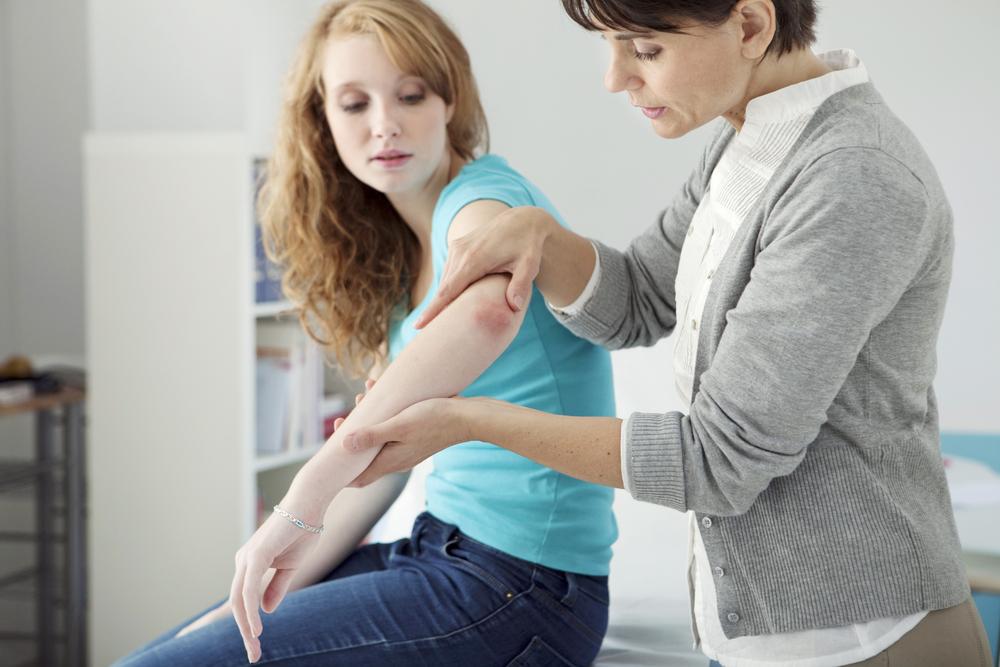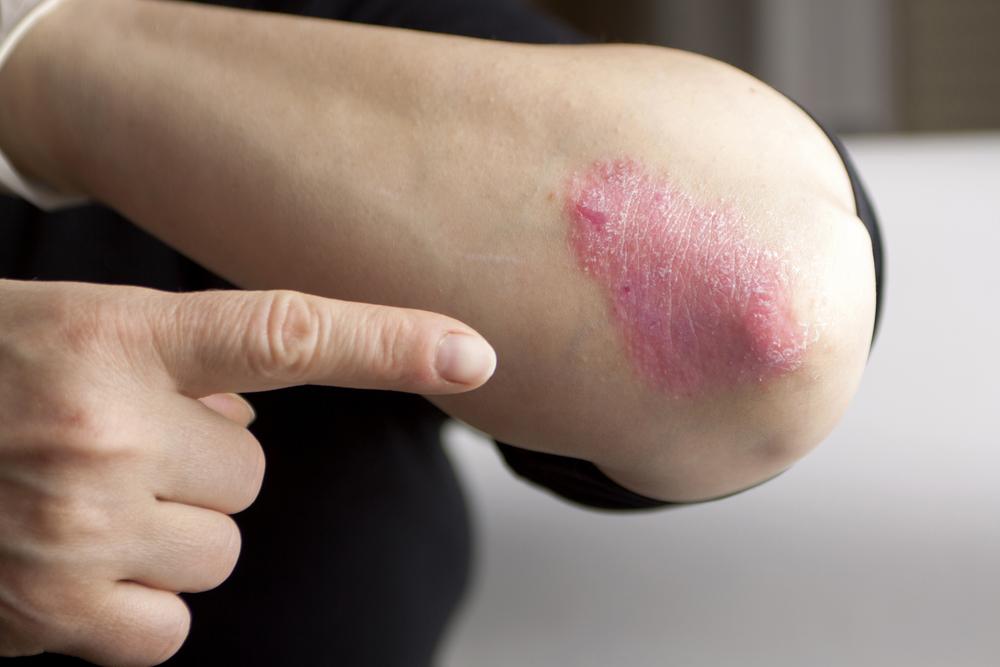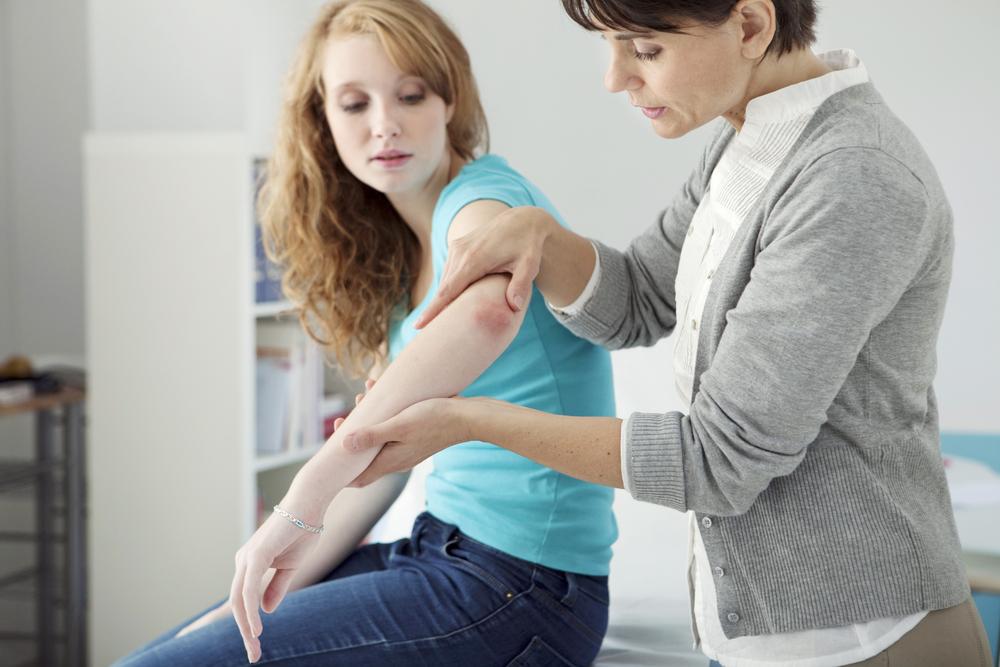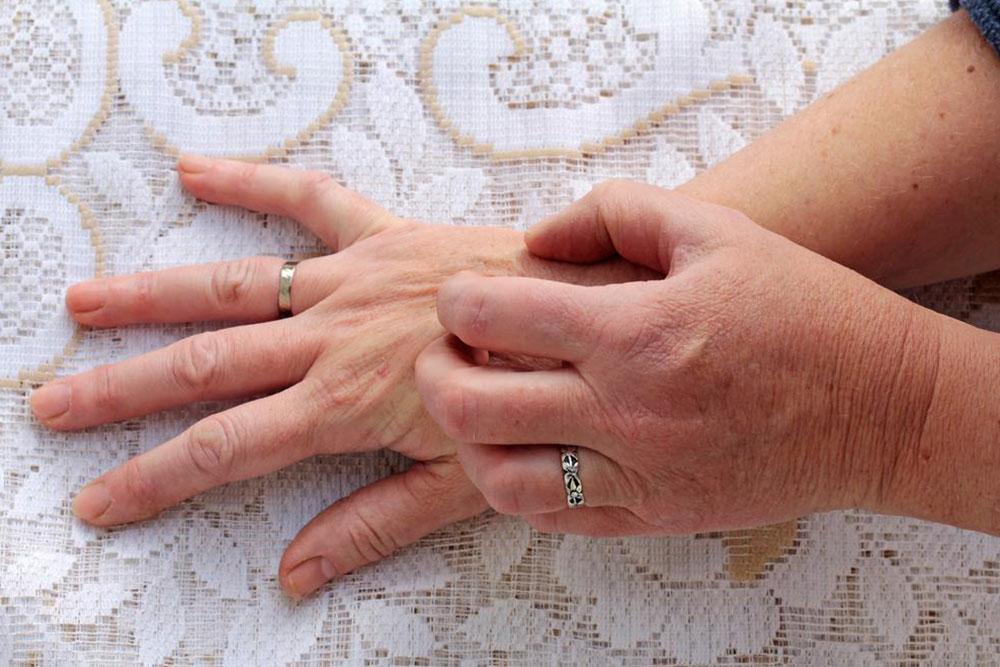Understanding Psoriasis: Types, Symptoms, and Key Insights
Discover detailed insights into psoriasis, including its various types and symptoms. Learn what triggers different forms like plaque, guttate, inverse, nail, pustular, and erythrodermic psoriasis. Recognizing the signs and understanding the importance of professional diagnosis can aid in effective management and treatment. This comprehensive overview emphasizes the need for expert medical consultation to ensure proper care and avoid misconceptions about this chronic skin disease.
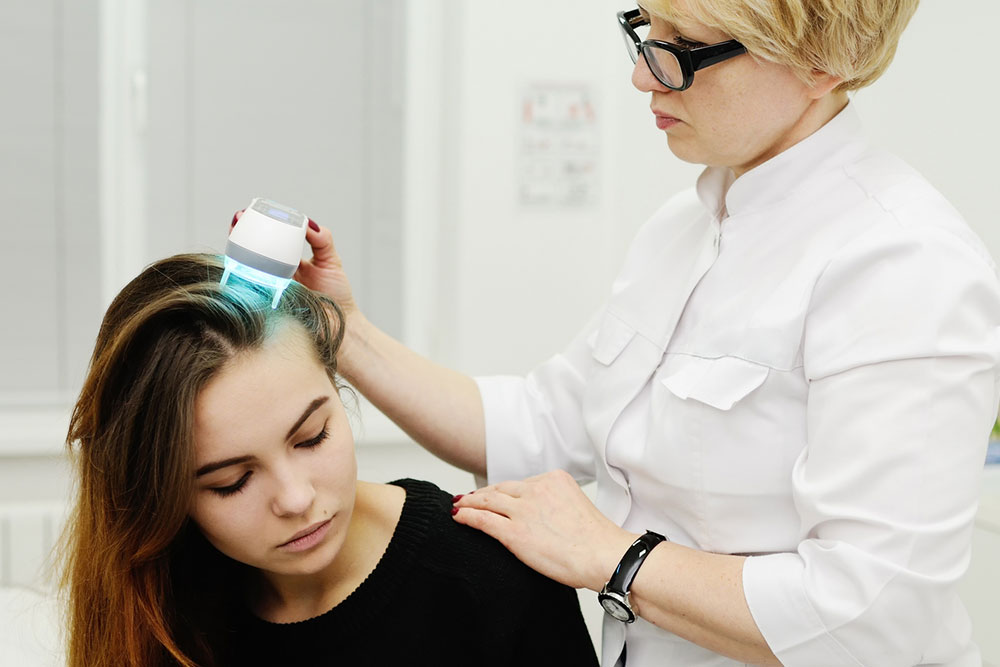
Understanding Psoriasis: Types and Manifestations
Psoriasis is a chronic skin disorder marked by the development of inflamed, scaly patches. These patches are often itchy and appear mainly on the knees, elbows, trunk, and scalp. The ailment tends to emerge in cycles, with flare-ups lasting from weeks to months before calming down. The exact cause remains unclear, but immune system dysregulation is widely believed to play a role.
Types of Psoriasis
Multiple psoriasis varieties exist, each with distinctive features and symptoms.
1. Plaque Psoriasis
Also called psoriasis vulgaris, this form involves rapid skin cell growth leading to thick, silvery plaques that often affect elbows, knees, scalp, and back. Severity can cause patches on face, genitals, and limbs. Symptoms include raised, discolored patches, cracking, bleeding, itching, and irritation. Triggers might include stress, dry skin, certain foods, sun damage, or skin injury.
2. Guttate Psoriasis
Primarily affecting young adults, guttate psoriasis often appears unexpectedly after infections such as strep throat. It features pink or red round or teardrop-shaped patches, typically 2 to 10 mm, on the torso, legs, and arms. It also causes persistent itching and irritation.
3. Inverse Psoriasis
This form develops in skin folds like armpits, groin, beneath the breasts, and around the belly button. Factors like friction, sweating, and fungal infections can trigger it. Symptoms include shiny, smooth, discolored patches, which may crack, ooze, or become tender. Infection can lead to pus-filled bumps and foul odors.
4. Nail Psoriasis
Nail involvement affects skin beneath the nails, often alongside other psoriasis types, especially in those over 40. Symptoms include yellow or brown discolorations (salmon patches), nail pits, grooves, brittleness, peeling, and possible fungal infections.
5. Pustular Psoriasis
Characterized by scaly patches with fluid-filled pustules, it can affect various areas like the face, scalp, hands, and feet. Generalized pustular psoriasis causes systemic symptoms such as fever and muscle weakness, while localized forms affect specific areas and may include small bumps, cracks, swelling, and tenderness. Subtypes include Palmoplantar and ACH.
6. Erythrodermic Psoriasis
This severe, rare form involves widespread redness, scaling, and skin peeling, often accompanied by fever, dehydration, pain, and swelling. It typically occurs in uncontrolled psoriasis cases and needs urgent medical attention.
While symptoms vary among individuals, common signs include thick, red, itchy, and burning skin with silvery scales, cracked skin, nail abnormalities, and sleep disturbances. Accurate diagnosis should be performed by a healthcare professional rather than relying solely on images.
Health Advisory:
This article provides general information about psoriasis, its types, and symptoms. It is not intended as medical advice. For diagnosis and treatment, consult licensed healthcare professionals. Never self-medicate based on online information.



